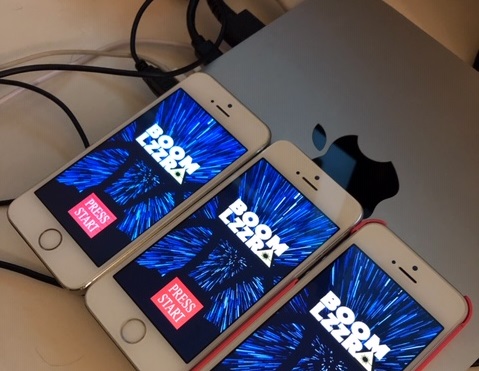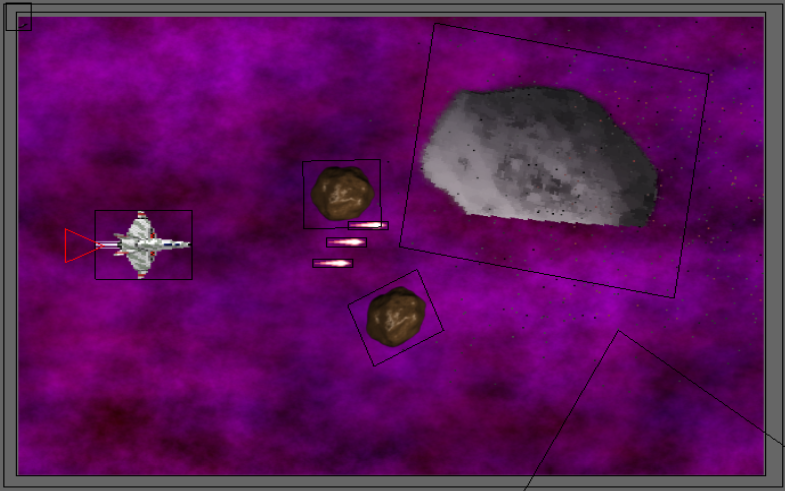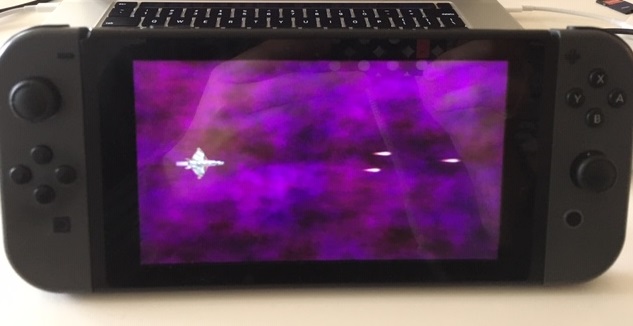This project started as a single purpose 2D space shooter game. I based the development of this game on a previous architecture and reused code from previous projects as much as I could. The game got interest from my friends and they encouraged me to continue working on it. At one point, I temporarily teamed up with a former class mate of mine, who had worked in the video game industry as a technical artist. Thanks to his feedback, I was able to make a lot of improvements by implementing new features and fixing bugs. My artist friend also let me use a lot of his original pixel art which really boosted my interest and confidence in the game.
My initial development platform was Windows, however I always envisioned this game being released on a mobile platform. I pushed myself to port the game to iOS and the Metal API, after which porting to a new platform became easier. The project did not stop there, to overcome limitations and reduce iteration time I had to implement scripting.

Lua scripting is where the game turned into an engine as it was not limited to a single purpose anymore. I used the engine to prototype other simple games, one of which could greatly benefit from the portability of the Switch.
I hoped developing for a Switch would be as simple as getting a developers license as on iOS, but it turned out to be a bigger a project. The platform is entirely closed and Nintendo only selectively shares development tools (including Vulkan drivers) with developers they are interested in. Therefore, my only other option was to use homebrew tools and after learning some exploits I could run my code and Fluidity was successfully ported to the Switch. Because access to the official development tools is so restricted, I wasn’t able to use Vulkan as my first choice, so I used OpenGL instead.

